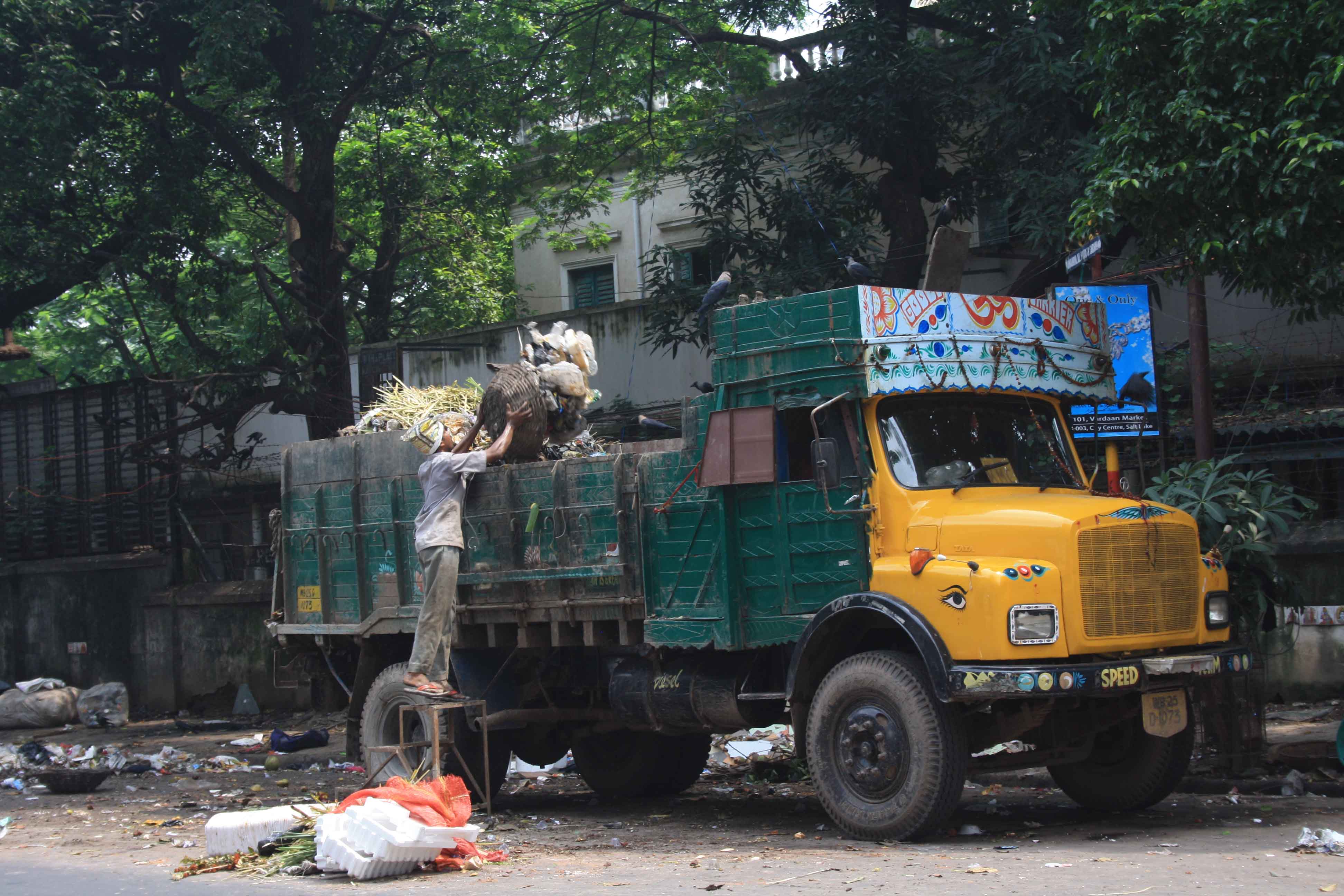India suffocates beneath its own waste

India is among countries generating highest amount of municipal solid waste, out of which, approximately 70-75 pc garbage remains untreated
Currently generating nearly 62 million tonnes of solid waste in a year, with inappropriate separation and control systems, Indian cities are drowning in their own waste.
Over the years, India has become one of the leading generators of municipal solid waste, out of which, nearly 70 pc remains untreated, which is mostly dumped into landfills.
India has two main challenges in the urban areas. One is the sharply rising quantity of solid and liquid waste every year and the other is near total absence of adequate facilities for treating or even land for creating landfills to simply dump garbage as is the case in the country today.
Bigger Indian metros like Mumbai, Delhi, Bengaluru, Kolkata and Chennai alone generate around tonnes of garbage every day, and as a result, are overfilling major landfills. For instance, the Deonar landfill (90 years old) in Mumbai and Ghazipur (33 years old) in Delhi, are serving way beyond their lifespan.
Mumbai recently came to a halt for around 24 hours owing to the wettest rainfall in 20 years. And as the city hoped to rejoice with water finally receding, much to the disappointment of the locals, it left behind huge bulks of floating garbage. Workers of the Municipal Corporation of Greater Mumbai worked for nearly 12 hours to collect 1,200 tonnes of waste, comprising mostly household scrap, polythene, plastic bottles and thermocol, from the roads.
One of the major challenges for these civic workers was the large number of plastic bags stuck on the sides of the roads, which they had to manually pull.
However, not only Mumbai, but also Bengaluru in south India is drowning in its own mess, and that too, without any unseasonal rain or floods. Waste collection services in the city are inadequate to match the garbage flow that the city generates in a day. The ‘Silicon city of India’ is also struggling with liquid wastes in its lakes, which have become giant balls of foam that block roads frequently.
What’s worse is that people in Bengaluru do not segregate their waste and thus mixed waste is sent to processing units, which should ideally be dumped in landfills. But, the city has no landfill yards.
A Capital Fall
Popularly known as the ‘garbage-mountain’ of Delhi, a chunk of waste from the dangerously-growing and oldest landfill in Gazipur, east Delhi, standing at nearly 20 metre high, recently collapsed, creating a large wave of garbage that swept cars and people from the road near it, into a drain, killing two persons and many others, along with vehicles trapped under the debris.
The landfill’s height exceeded its authorised limit in 2002 but was still being used in the absence of any alternate dumping sites, highlighting the poor waste management in the capital.
Ambala’s ‘Open Your Eyes’ campaign
Open Your Eyes (OYE) – a waste segregation campaign in Ambala, Haryana, kicked off in July this year and is registered with the Limca Book of Records for having trying to achieve 30 pc waste segregation at source within 90 days, starting July 18.
The campaign aims to build capacity, inform, educate, and communicate the necessity of waste segregation at source to all stakeholders of Ambala, including households, waste workers, supervisors, sanitary inspectors, government officials, businesses, health establishments, and shops to ensure maximum adoption, implementation and sustainability.
The project has been rolled out across all 20 wards (civic units) of Ambala, where each ward and solid waste management teams are been evaluated through the duration of the project, and the best performers will be crowned ‘Ambale Di Shan’ (Ambala’s pride).
Apart from capacity building workshops, a key element of this project is also to upgrade waste infrastructure. To ensure success, the Ambala Municipal Corporation has distributed 500,000 blue and green bins to households collectively, and procured 40 e-rickshaws to carry segregated waste. The authorities also plan to initiate smart monitoring of 250 thousand households and ensure that the segregated waste is delivered to ward-level collection centres in each of the 20 wards of Ambala.
While India does not lack cleanliness initiatives like the Swachh Bharat Abhiyan (Clean India campaign), Shauchalya Yojana (Open Defecation-free India) and the Clean Ganga Project, amongst others, the road to a cleaner India remains very messy.













